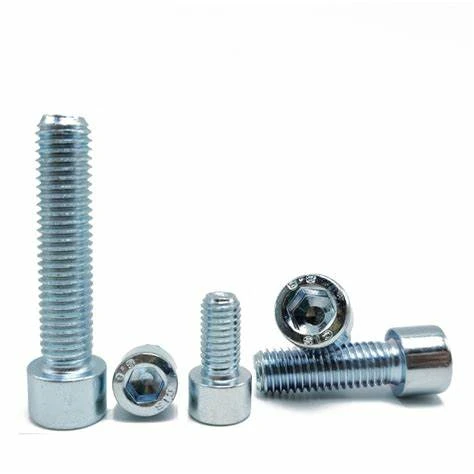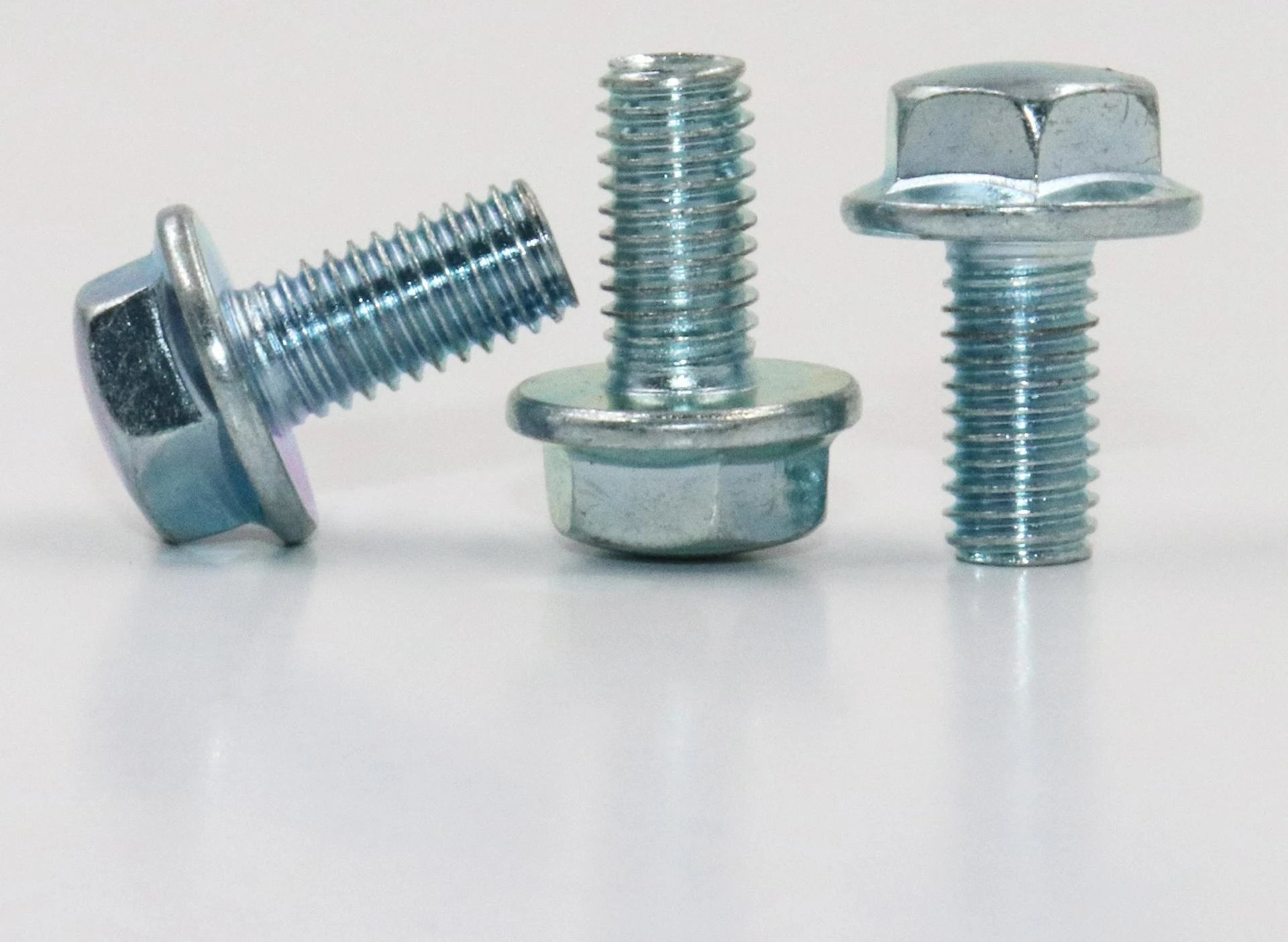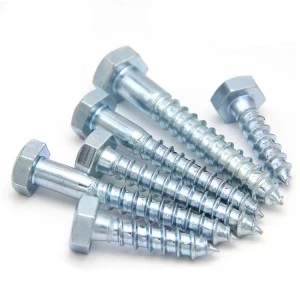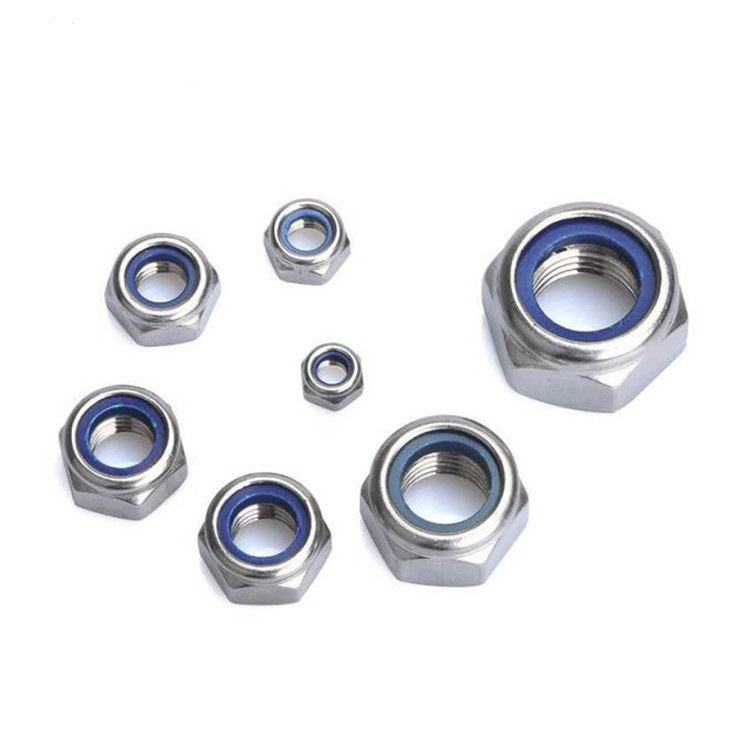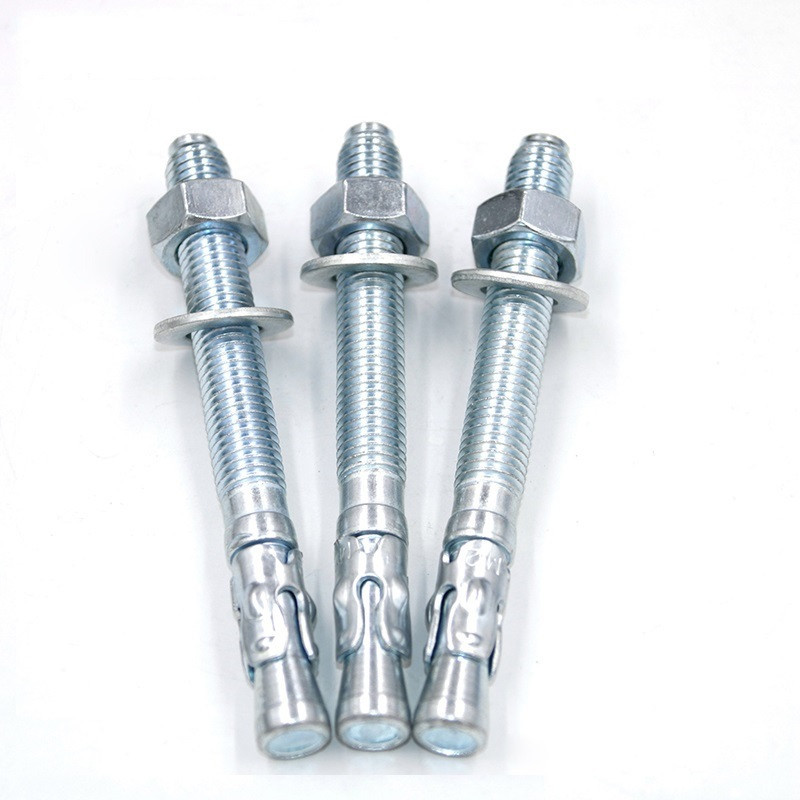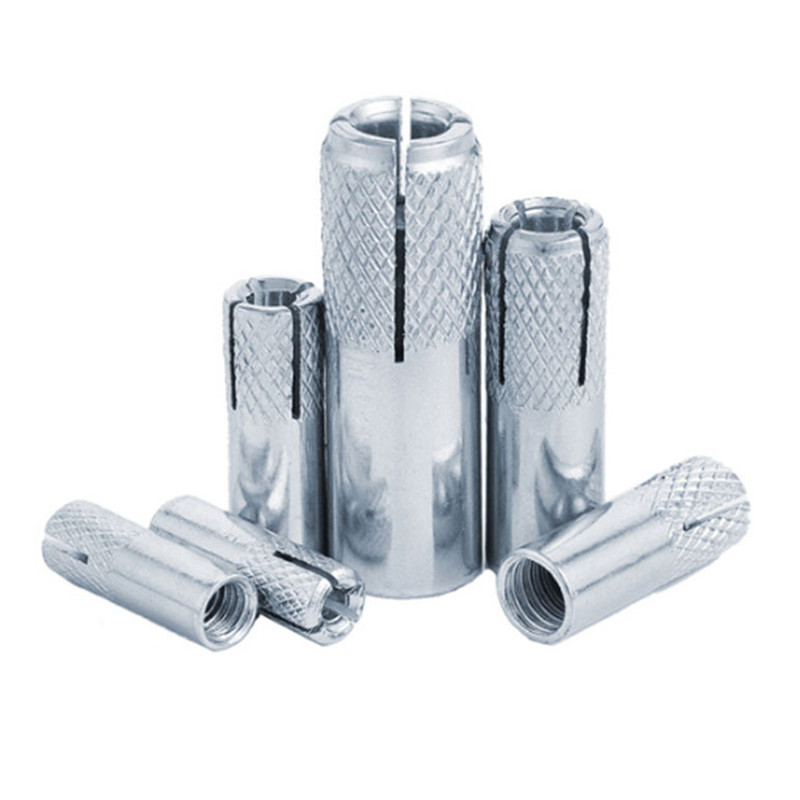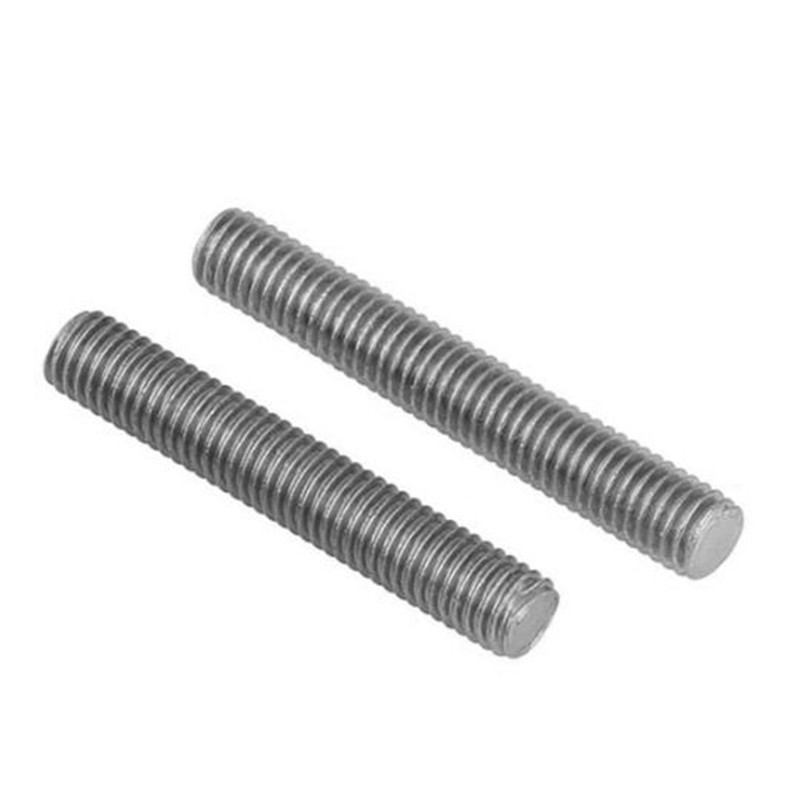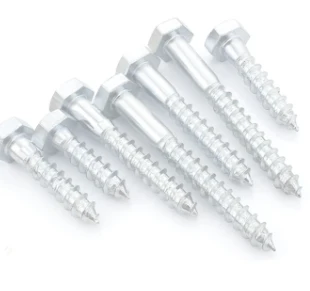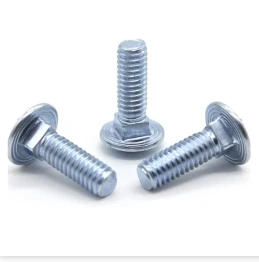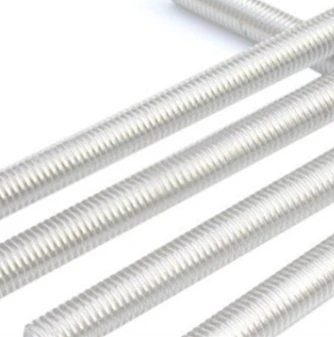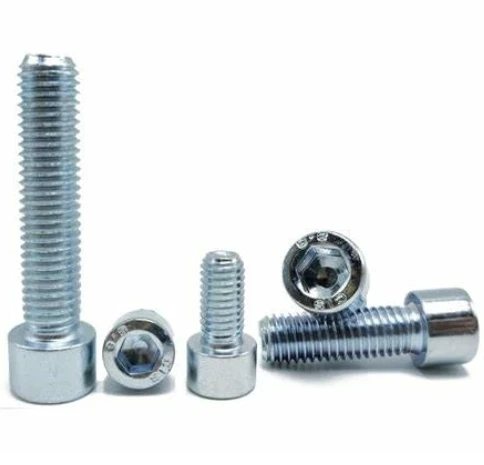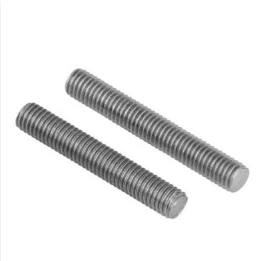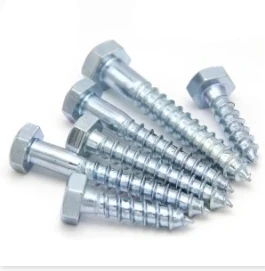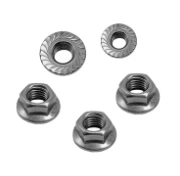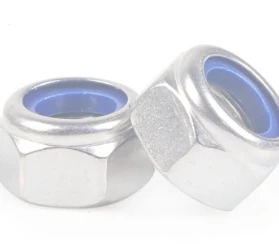In industrial construction and manufacturing applications, threaded rod types serve as fundamental components for creating adjustable connections, structural supports, and tension systems. As a premier manufacturer of thread rod products, Yongnian Country Tianbang Fasteners Co., Ltd specializes in both metric and imperial all thread rod solutions to meet global engineering requirements. This comprehensive guide examines the key differences between measurement systems, material specifications, and application considerations for industrial buyers sourcing these versatile fastening components.
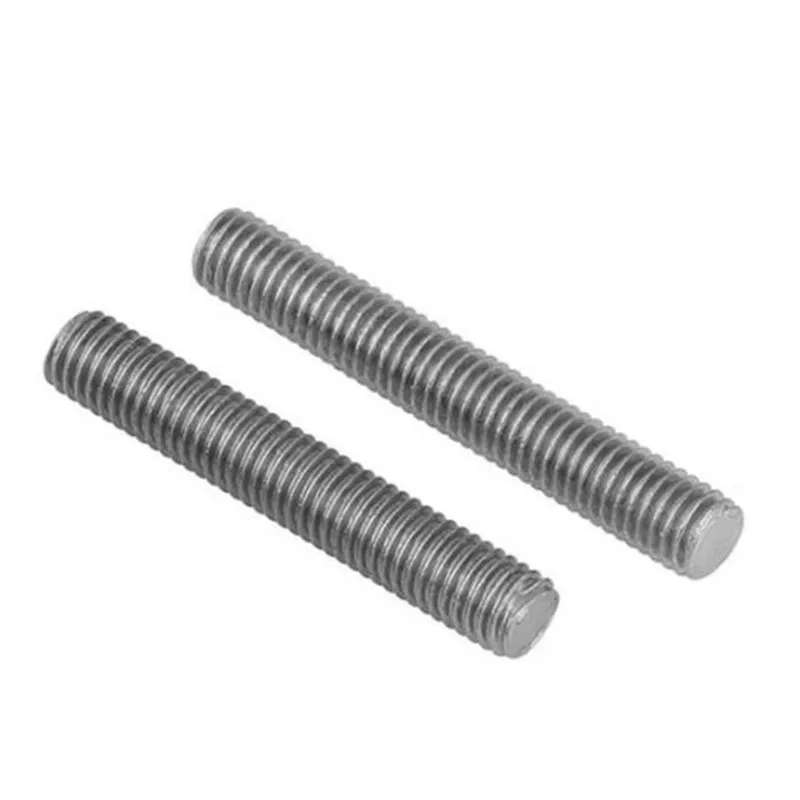
Understanding Common Threaded Rod Types and Their Applications
The industrial market offers various threaded rod types designed for specific load-bearing requirements and environmental conditions. Fully threaded rods, commonly called all thread rod, provide continuous threading along the entire length for maximum adjustability and connection versatility. Partially threaded rods feature unthreaded central sections for improved shear resistance in structural applications. Specialty thread rod products include left-hand threaded versions for rotational equipment, high-strength alloy rods for critical infrastructure, and corrosion-resistant stainless steel rods for marine environments. Yongnian Country Tianbang Fasteners Co., Ltd produces an extensive range of these threaded rod types in diameters from M3 to M100 metric and #4 to 4" imperial sizes, serving industries from construction to heavy machinery manufacturing.
Metric vs Imperial Standards for Thread Rod Specifications
The global fastener industry operates with two primary measurement systems for thread rod products, each with distinct advantages for different markets. Metric threaded rods follow ISO standards with diameter measurements in millimeters and thread pitch specified as the distance between threads (e.g., M20x2.5). Imperial threaded rods use Unified Thread Standard measurements with diameter in inches and threads per inch (e.g., 3/4"-10). Yongnian Country Tianbang Fasteners Co., Ltd manufactures both systems with precision-ground threads that meet ISO 898-1 (metric) and ASTM A36/A193 (imperial) specifications. Metric all thread rod dominates European and Asian markets while imperial remains prevalent in North American industries, though many global projects now require dual-standard compatibility that manufacturers must accommodate.
Material Selection and Manufacturing Processes for All Thread Rod
The performance characteristics of all thread rod depend heavily on material composition and production methods. Carbon steel rods (grade 4.6 to 8.8) offer economical solutions for general construction, while alloy steel rods (grade B7/B8) provide enhanced strength for structural and pressure applications. Stainless steel thread rod (304/316) delivers superior corrosion resistance for chemical and marine environments. Yongnian Country Tianbang Fasteners Co., Ltd employs cold rolling and precision machining processes to create uniform thread profiles with optimal tensile strength, complemented by various surface treatments including hot-dip galvanizing for outdoor applications and Xylan coatings for chemical resistance. These material and finishing options allow industrial buyers to select threaded rod types precisely matched to their project requirements and environmental conditions.
Thread Rod FAQS
What are the key differences between metric and imperial thread rod measurements?
Metric thread rod specifies diameters in millimeters and pitch as the distance between threads (e.g., M12x1.75), while imperial threaded rod types use inch-based diameters and threads-per-inch counts (e.g., 1/2"-13). Yongnian Country Tianbang Fasteners Co., Ltd produces both systems with precision-ground threads that maintain compatibility with respective national standards, ensuring proper fit with corresponding nuts and anchor points in different regional markets.
How do I select the appropriate all thread rod material for corrosive environments?
For corrosive environments, all thread rod made from austenitic stainless steels (304 or 316) provides optimal resistance, with 316 offering enhanced protection against chlorides in marine applications. Yongnian Country Tianbang Fasteners Co., Ltd also offers carbon steel rods with specialized coatings like hot-dip galvanizing or epoxy finishes when stainless steel represents over-engineering for moderately corrosive conditions, providing cost-effective alternatives without compromising protection.
What quality certifications should I verify when sourcing threaded rod types?
Reputable manufacturers like Yongnian Country Tianbang Fasteners Co., Ltd provide threaded rod types with certifications including ISO 898-1 for mechanical properties of metric fasteners, ASTM A193 for alloy steel rods, and ASTM A276 for stainless steel verification. Additional industry-specific certifications like CE marking for construction products or NACE MR0175 for sour service environments may be required for specialized applications in regulated industries.
Can I get custom-length thread rod products for specialized projects?
Yongnian Country Tianbang Fasteners Co., Ltd offers thread rod in custom cut lengths with precision-cut ends to meet unique project specifications. Their manufacturing capabilities accommodate special requests ranging from standard stock lengths (typically 3m/10' for metric/imperial) to exact-size rods for prefabricated structural components, with threading options including continuous, double-end, or custom thread-runout configurations.
What are the advantages of cold-rolled versus cut all thread rod?
Cold-rolled all thread rod provides superior tensile strength and surface finish compared to cut-thread alternatives, with work-hardened surfaces that enhance durability. Yongnian Country Tianbang Fasteners Co., Ltd's cold-rolling process produces precise thread forms with excellent dimensional consistency, making these products ideal for critical structural applications where thread integrity directly impacts safety and performance. Cut-thread rods remain suitable for non-critical applications where cost considerations outweigh strength requirements.
Post time: Ιούλ . 04, 2025 11:27


